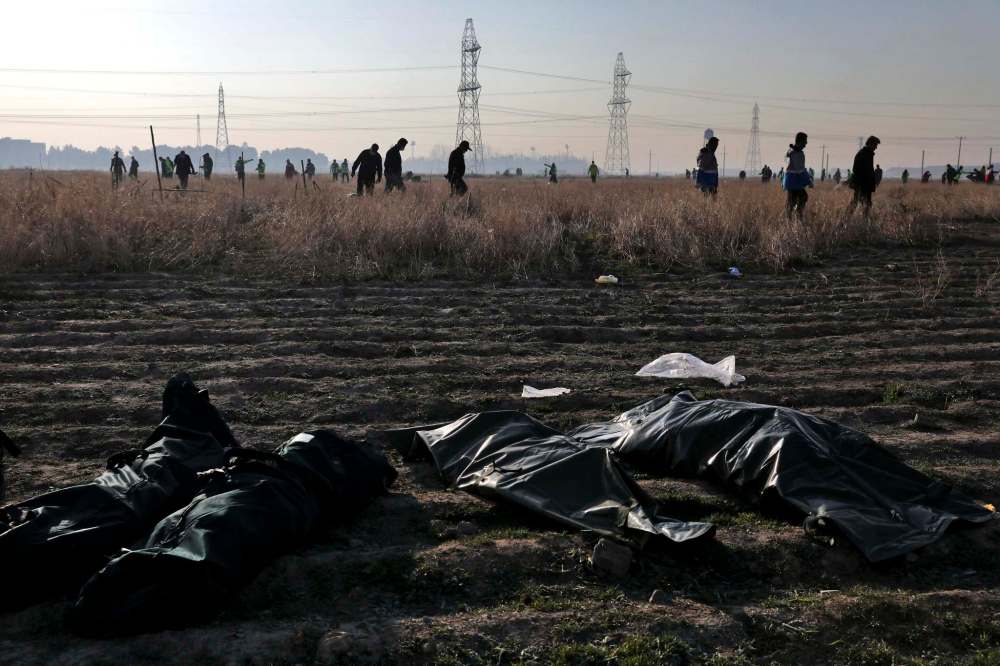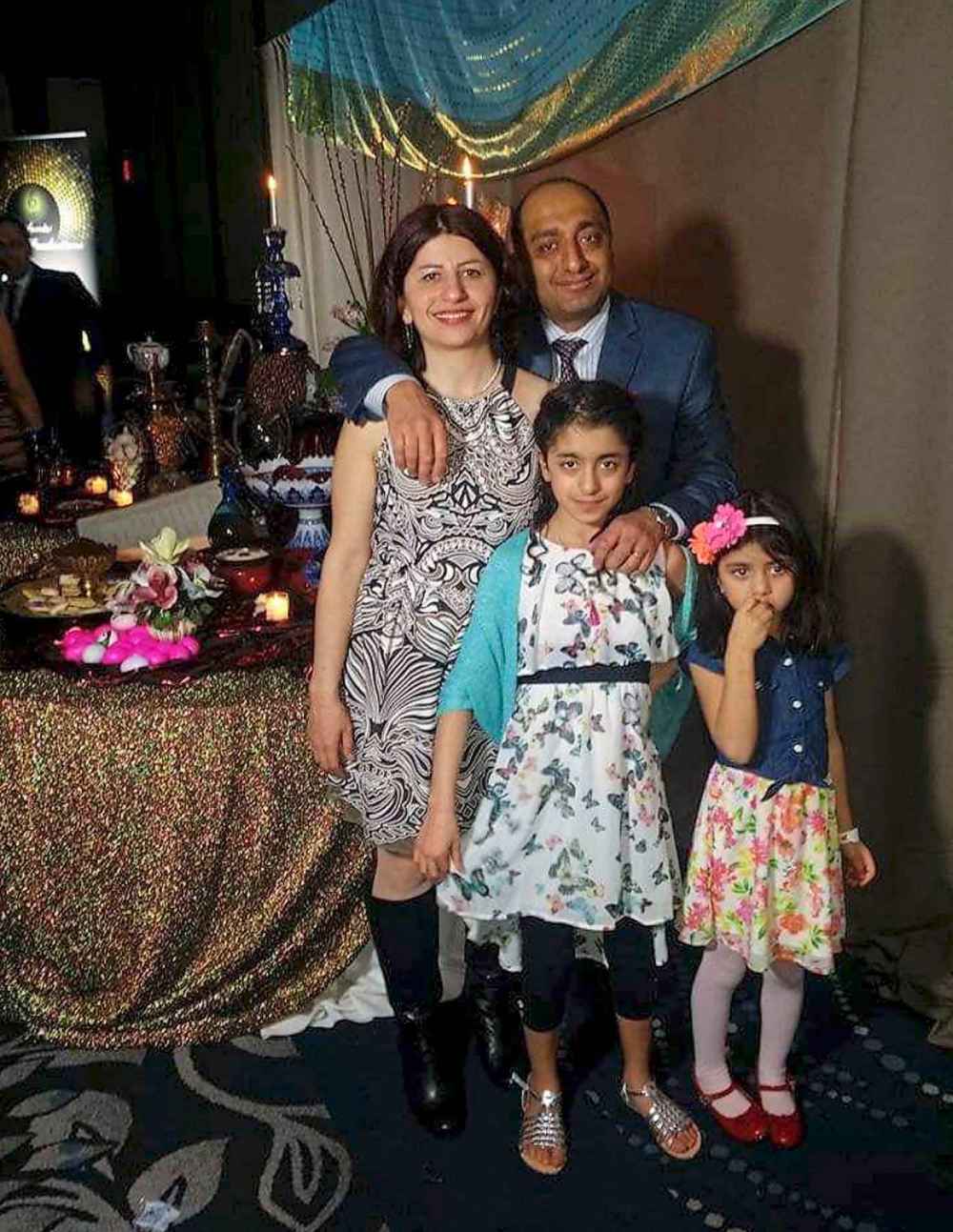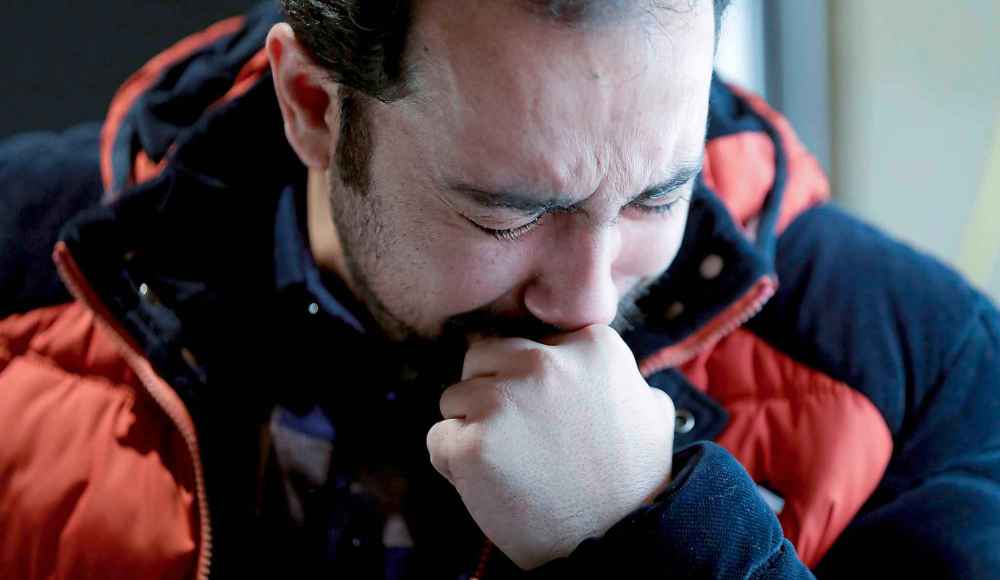In time of tension, grief is tie that binds
Loss of 176 people in crash near Tehran reverberates around world
Advertisement
Read this article for free:
or
Already have an account? Log in here »
To continue reading, please subscribe:
Monthly Digital Subscription
$0 for the first 4 weeks*
- Enjoy unlimited reading on winnipegfreepress.com
- Read the E-Edition, our digital replica newspaper
- Access News Break, our award-winning app
- Play interactive puzzles
*No charge for 4 weeks then price increases to the regular rate of $19.00 plus GST every four weeks. Offer available to new and qualified returning subscribers only. Cancel any time.
Monthly Digital Subscription
$4.75/week*
- Enjoy unlimited reading on winnipegfreepress.com
- Read the E-Edition, our digital replica newspaper
- Access News Break, our award-winning app
- Play interactive puzzles
*Billed as $19 plus GST every four weeks. Cancel any time.
To continue reading, please subscribe:
Add Free Press access to your Brandon Sun subscription for only an additional
$1 for the first 4 weeks*
*Your next subscription payment will increase by $1.00 and you will be charged $16.99 plus GST for four weeks. After four weeks, your payment will increase to $23.99 plus GST every four weeks.
Read unlimited articles for free today:
or
Already have an account? Log in here »
Hey there, time traveller!
This article was published 08/01/2020 (2164 days ago), so information in it may no longer be current.
At first, when a large aircraft crashes, it’s the numbers that defy understanding. They are always too big, too heavy, too raw.
One plane: Ukraine International Airlines Flight 752. On board: 167 passengers and nine crew. In a flash outside Tehran, all of them gone. Little more than a blink, and all those lives lost.
That’s how the news breaks. It’s the details that bring it home. The details of the dead that tie a thread between where the crash happened, and the rest of the world. Airports are global villages. Stories converge in them from every corner of the planet, and from there disperse to dozens or even hundreds of homes.

For Canada, as details of Wednesday’s doomed flight emerged, it was almost too much to bear. In an era of sanctions, the route — out of Tehran to Kyiv and beyond — is one of the most cost-effective passages between Canada and Iran; because of this, a reported 63 Canadians were on board the flight, including many students and academics.
This is how we lost a heartrending wave of bright minds and young talent. The victims hailed from across Canada: Vancouver, Guelph, Ont., and Montreal. The Iranian-Canadian community in Edmonton lost as many as 30 people, more than one per cent of its size.
It’s an almost unimaginable figure.
From Manitoba, eight members of our community gone. They include: Forough Khadem, 38, a scientist who was thrilled to watch the Winnipeg Blue Bombers win the 2019 Grey Cup; 32-year-old biomedical engineering student Amirhossein Ghasemi, on his way home from visiting his fiancee; and 21-year-old U of M student Amirhossein Ghorbani.
Mehdi Sadeghi and his wife, Bahareh Hajesfandiari, who both volunteered with the local Iranian community, were on the flight with their daughter, 10-year-old Anisa Sadeghi. So was a mother, Farzahen Naderi, 38, who died in the crash alongside her 11-year-old son, Nozhan Sadr.
Now we see the photos of their faces, submitted by grieving friends and family. Now we see the victims with an aching clarity. Here is Khadem, proudly standing next to a U of M professor after she defended her PhD; here is Sadeghi and his family, posing at a festive event, eyes lit by broad smiles.

To put these losses into perspective takes time, grief, and searching. There will eventually be an explanation as to what caused the crash, but there is never truly an answer as to “why.” That is a bigger question, and one answered in faith, or lack thereof — still, there is a whisper of a message here that is worth hearing.
The circumstances of the crash are, to put it mildly, murky.
First, the facts: the aircraft was a three-year-old Boeing 737-800, practically new by commercial airline standards. The model is also distinctly different from the 737 MAX, which are still grounded worldwide, and does not have the same features of that troubled model.
It took off from Imam Khomeini International Airport at 6:12 a.m. local time. For just over two minutes, its airspeed and altitude progressed normally, as it ascended along its standard flightpath.
It vanished from radar, about 4,620 feet above the ground; the pilots sent no distress message.
Within hours, Iran state news said the crash was caused by a “technical problem.” A video, widely circulated on regional news and purporting to show the plane’s fatal descent, showed a ball of flame plummeting from the sky before hitting the ground.

New Boeings do not tend to burst into flames in mid-air. Such crash investigations typically take weeks or months of analysis to find a cause of technical failure, especially in the absence of telltale evidence from radar or air traffic communications. Make of that what you will.
But whatever the cause, it happened against a backdrop of escalating tension. It happened during the time of the United States’ travel ban against Iranian citizens, in place since 2017. It happened on the same day there were reports of Iranian-American citizens being detained and hectored by U.S. border officials.
It happened in the same week war propaganda ramped up. The same week a Democratic senator, Chris Murphy of Connecticut, began his condemnation of the U.S. assassination of Iranian Gen. Qasem Soleimani by tweeting “Iran is full of malevolent evildoers.”
After an outcry, Murphy apologized for the wording, saying he “typed too fast” and meant to specify only the regime itself as “full of malevolent evildoers,” not the entire nation. But in truth, this is so often the way American officials talk about Iran: as a faceless pit of malice, or else as an “axis of evil.”
None of this is true, of course.

Iran is a nation of people, living their lives, pursuing their dreams, loving their children. The fact of this should be so self-evident it should not require repeating; but in a time of escalation, repeating it is all that stands against the propaganda that seeks to dehumanize, and thus enable acts of aggression.
So in the grief of the crash, we find truth to the lie of war, to the lie of sanctions, to the lie of the games played out between the power brokers of nations.
The truth is this: the world is deeply interconnected. There is no community that does not hold bonds to countless others within it. We are not so very different, wherever we are from.
The truth is this: the world is deeply interconnected. There is no community that does not hold bonds to countless others within it. We are not so very different, wherever we are from.
When the warmongers beat their drums, the cries they try to drown out are the sounds of everything human. The joy of newlyweds beginning their lives together. The murmurs of loving parents raising cherished children. The voices of young scientists eagerly presenting their studies, lighting a hope for humanity’s future.
These are the stories of some of the people whose lives were lost, when UIA 752 fell out of the sky.

It’s too soon to know why. But if the grief that swept the world, echoing in communities from Iran to Canada, can carry a message through these scary times, then let it be a reminder there is always more that unites, than divides.
melissa.martin@freepress.mb.ca
Our newsroom depends on a growing audience of readers to power our journalism. If you are not a paid reader, please consider becoming a subscriber.
Our newsroom depends on its audience of readers to power our journalism. Thank you for your support.











